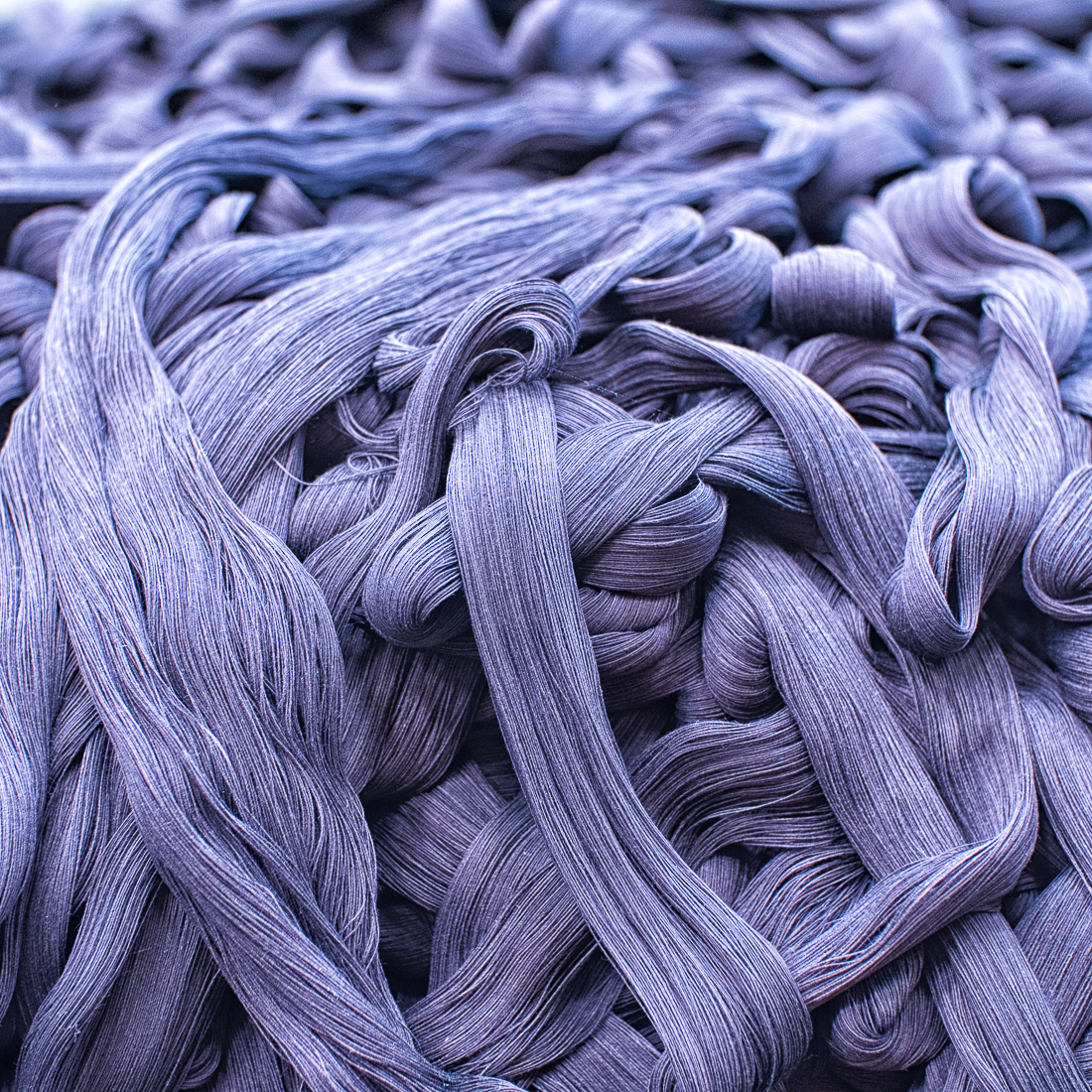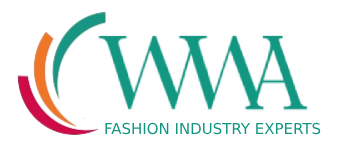
Voice of Color
WWA Advisor Colleen Ahalt-Eagle Explores How New tools and technology are adding excitement to the world of color. Whether for speed in decisionmaking and cost savings, or advances in sustainability, the latest innovations are changing the way color choices are made and manufactured.
Is there anything out there that can help “collect” colors faster than swatching? These days there are some fantastic tools that collect, communicate and facilitate the process of color palette hand offs. The more information there is in the beginning of the color decision process the faster and more accurate the production can be. Recently I was introduced to the Node+ Sensor and when used with the CHROMA sensor module you get integrated cuttingedge light technology to compute accurate sRGB, CIE L*A*b*, and Hex values, regardless of light conditions. (These codes are standard color terminology and values used in computer programs like Photoshop as well as color analysis programs.) This dual device fits in the palm of your hand and can capture any color anywhere. Using this, you can immediately send the information anywhere via Bluetooth and email, or export the information to a color team, or directly to dyer, or anyone with the mobile app. This is HUGE! Just think you could be at a trade show, or out shopping or taking the train home from the office when you spot THE ideal color for your next collection. With the NODE+Chroma sensor you can capture the color, send it straight away and get started – whether that is on pallet creation, or coloring up graphics, or having standards made, or getting product dyed with more speed than ever before. Another advantage is that you may realize through using a digital color library that what you’ve found using the NODE+ Chroma sensor is actually one of your core colors already, thus confirming your choice as a great color. For some, using this device may save up to a month of emails and meetings and potentially thousands (even millions of dollars) spent on
development. Last, but not least, the NODE + Chroma sensor is very inexpensive making it accessible to anyone. To learn more: www.shop.variableinc.com.
Is there anything new going on in textile dyeing technology?
The most recent class of dyestuff was created in the late 1950s. However, there has been consistent improvement and modification in chemically manufactured dyes since the late 1800s. Waterless dyeing is the latest introduction. It’s pretty crazy to eliminate water in an activity that has used water since 2600 B.C.! But Nike and Adidas have made garments that were dyed using this technology, and in turn are initial supporters of this Pioneering Supercritical Dyeing process. Using fluid CO2, polyester and other synthetics can be dyed with modified disperse dyes. “The supercritical fluid CO2 causes the polymer fiber to swell, allowing the disperse dye to easily diffuse within the polymer, penetrating the pore and capillary structure of the fiber,” is the official explanation of the process. But in other words, it’s kind of like the eggs in a jar trick: if you submerge an egg in vinegar the shell softens and allows you to push it into a jar with a slightly smaller opening. When the shell dries it hardens and won’t fit through the opening, getting stuck inside! The same concept applies to waterless dyeing. Major advantages of this new technology are in ecology and cost. To find out more you can check out these websites: www.dyecoo.com and www.tongsiang.extrastrong.co.uk/drydye.
View the original article at textileinsight.com, http://digital.turn-page.com/i/276775


Sorry, the comment form is closed at this time.